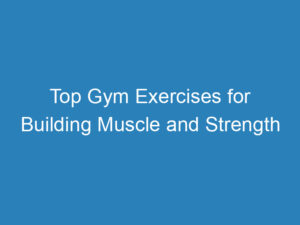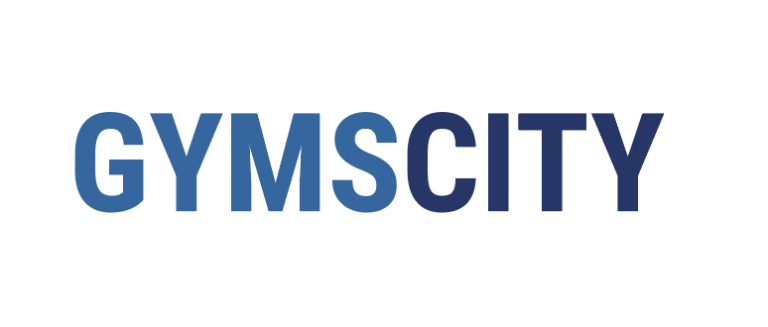Gymnasts’ Training Regimen – The Secret Behind Their Flexibility
The Importance of Flexibility in Gymnastics
Gymnastics is a sport that demands high levels of flexibility from its athletes. As gymnasts perform a myriad of intricate movements and gravity-defying stunts, their bodies need to be able to stretch, twist, and bend in ways that the average person could only dream of.
(Flexibility – an essential element in gymnastics – is not only crucial for executing moves with precision and finesse, but it also helps in preventing injuries. By having a greater range of motion, gymnasts are less susceptible to strains and muscle pulls that can be common in such a physically demanding sport.)
The Training Regimen of a Gymnast
The journey to becoming a gymnast with enviable flexibility starts with a well-rounded training regimen. Gymnasts spend hours each day perfecting their skills and conditioning their bodies to perform at an elite level.
One of the key components of a gymnast’s training routine is stretching. Gymnasts devote a significant amount of time to stretching exercises, both before and after their workouts. These stretches target specific muscle groups, gradually increasing the athlete’s range of motion.
(It is important to note that gymnasts utilize a variety of stretching techniques, including static stretching, dynamic stretching, proprioceptive neuromuscular facilitation (PNF), and ballistic stretching, to name a few. These techniques help improve flexibility and prepare the body for the demands of gymnastics.)
In addition to stretching, gymnasts also engage in strength training exercises. Building a strong foundation is crucial for supporting the body during complex movements. Gymnasts focus on developing core strength, as well as muscular endurance in their arms, legs, and back.
(Strength training exercises may include bodyweight exercises such as push-ups, pull-ups, and squats, as well as resistance training using weights or resistance bands. Through progressive overload, gymnasts continuously challenge their muscles and adapt to new levels of strength.)
Another key aspect of a gymnast’s training regimen is balance and coordination work. Gymnasts need to have exceptional control over their bodies and be able to maintain balance and stability while performing various routines and routines.
(Practicing on the balance beam or other apparatuses helps gymnasts develop acute proprioception – the sense of their body’s position in space. Exercises such as one-legged squats or handstand drills further enhance balance and coordination.)
The Role of Plyometrics in Flexibility
Plyometric exercises, also known as “jump training,” play a significant role in a gymnast’s training program. These explosive and high-intensity exercises help improve power, speed, and flexibility.
By incorporating plyometrics into their training regimen, gymnasts can enhance their explosive strength, which aids in executing breathtaking moves such as flips and twists. Additionally, plyometric exercises stimulate the stretch reflexes within the muscles, further enhancing flexibility.
(Some examples of plyometric exercises commonly practiced by gymnasts include tuck jumps, box jumps, and depth jumps. These exercises help train the muscles to rapidly stretch and contract, improving strength and flexibility.)
Mental Conditioning and Visualization
In addition to the physical aspects of training, mental conditioning is crucial for gymnasts. Visualization techniques help gymnasts mentally prepare for their routines and visualize themselves executing flawless moves with unparalleled flexibility.
(Through visualization, gymnasts rehearse their routines in their minds, picturing every detail and sensation. This mental rehearsal helps build confidence and improves their ability to perform under pressure.)
Conclusion
Gymnastics is a sport that requires immense physical prowess, and the flexibility of gymnasts is truly remarkable. Achieving such flexibility is no easy task, and it demands a comprehensive training regimen consisting of stretching, strength training, balance work, plyometrics, and mental conditioning.
(By diligently following their training regimen, gymnasts are able to harness the power of their bodies and push the boundaries of what is physically possible.)
So, the next time you marvel at the incredible flexibility of a gymnast, remember that it is the result of years of dedication, discipline, and a training regimen designed to unlock the full potential of the human body.

















